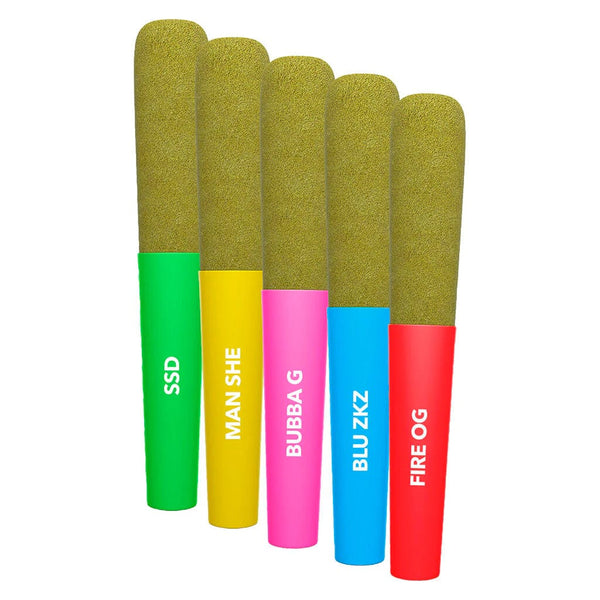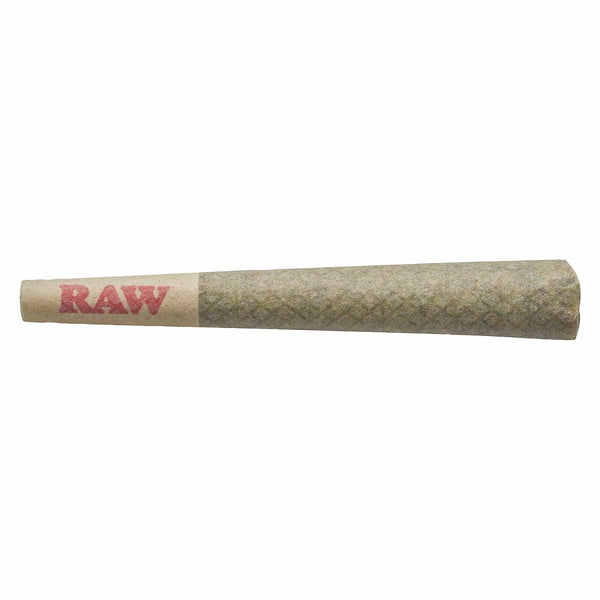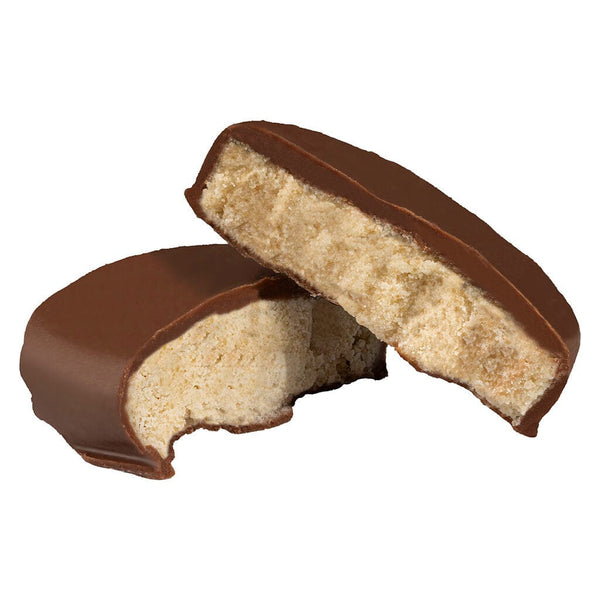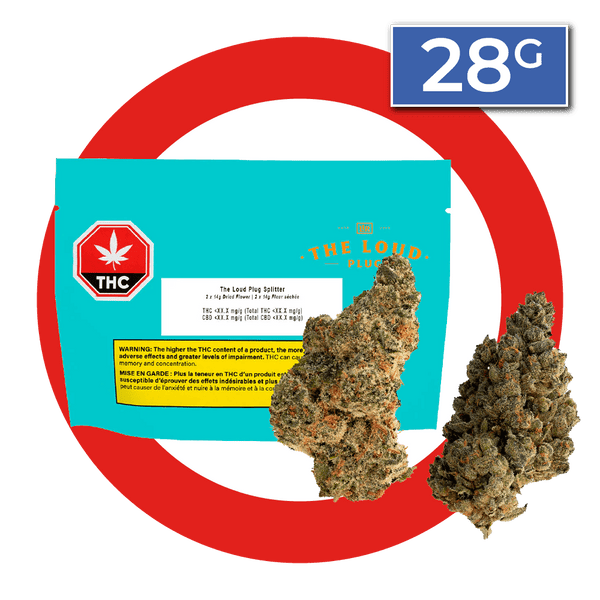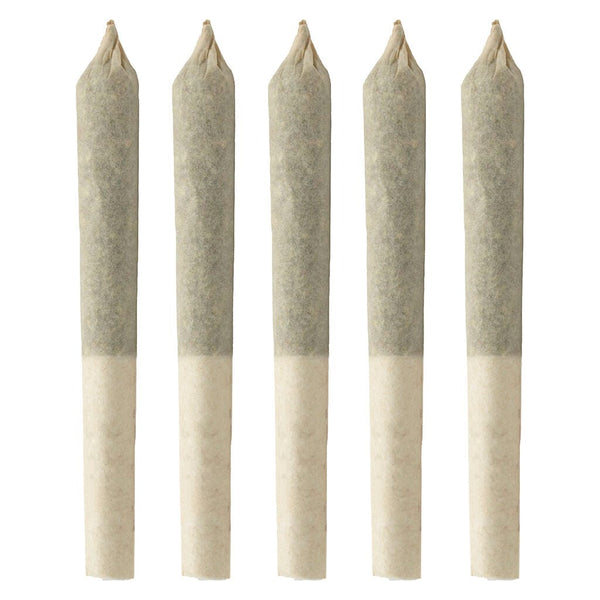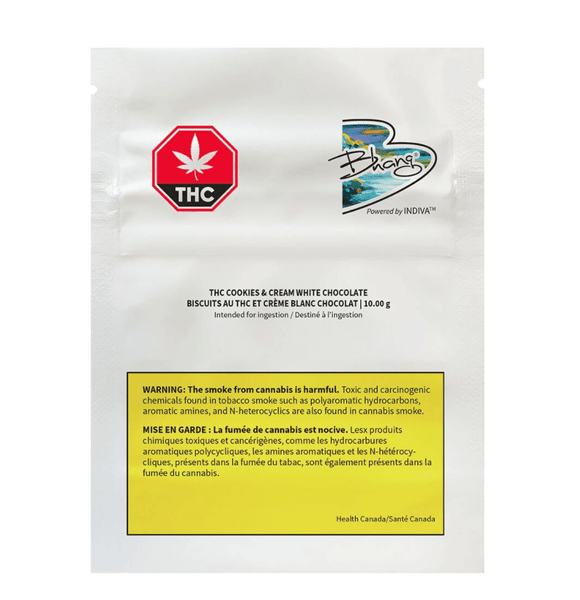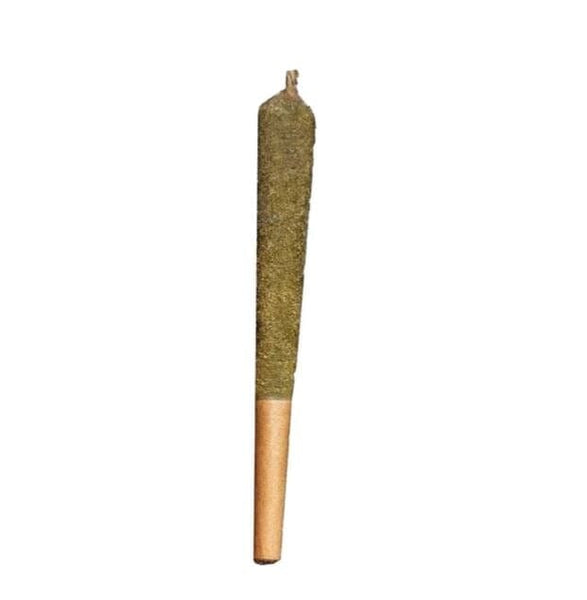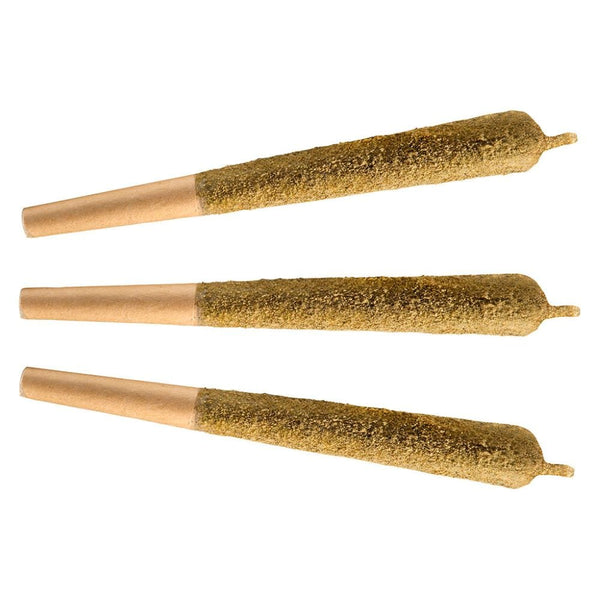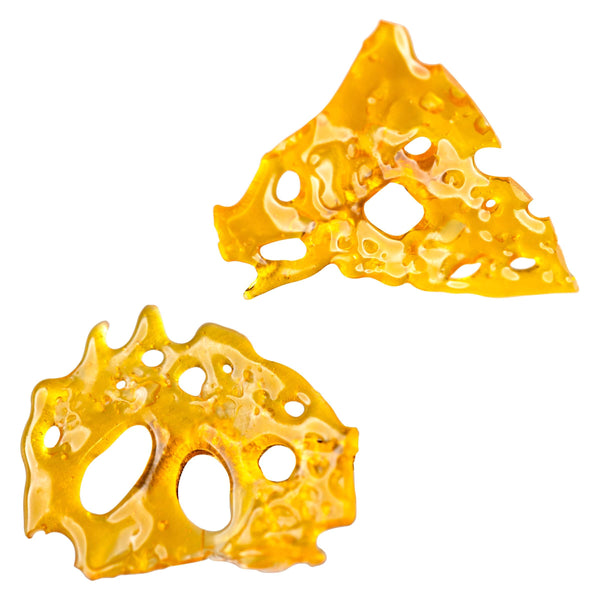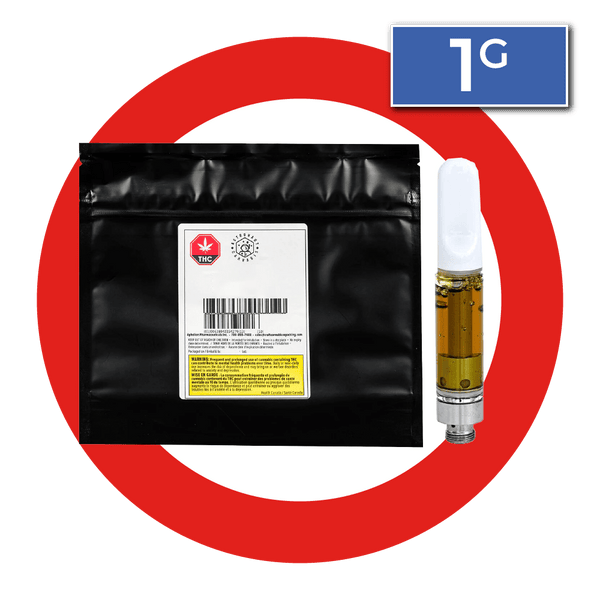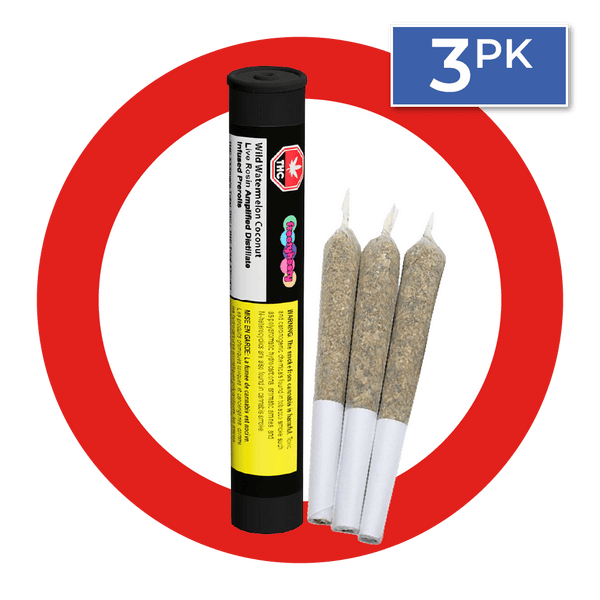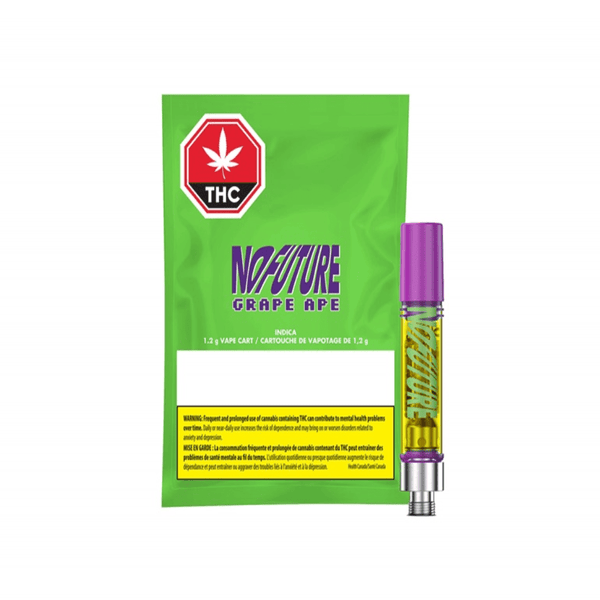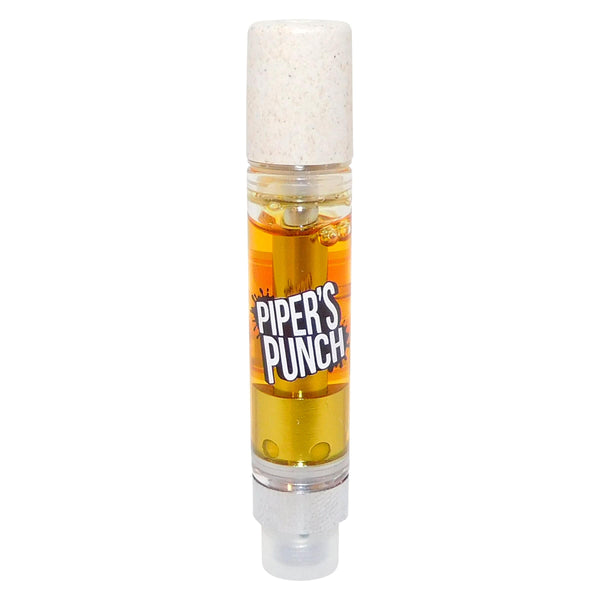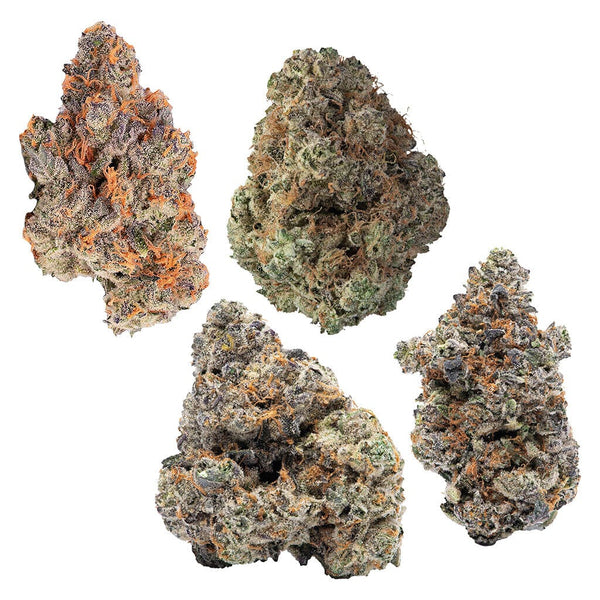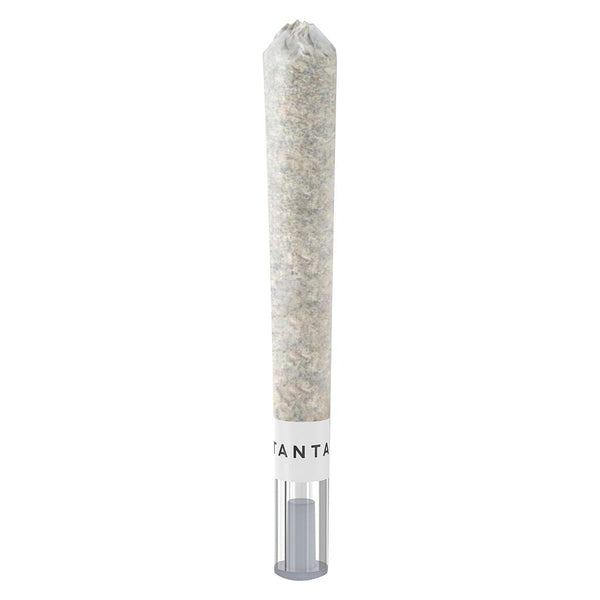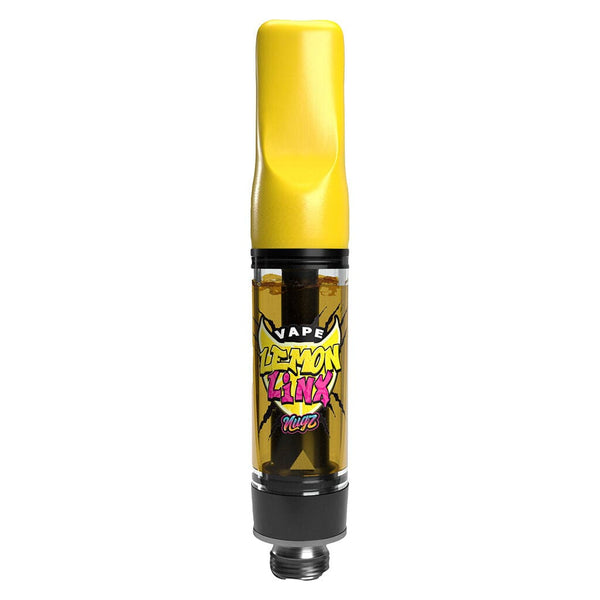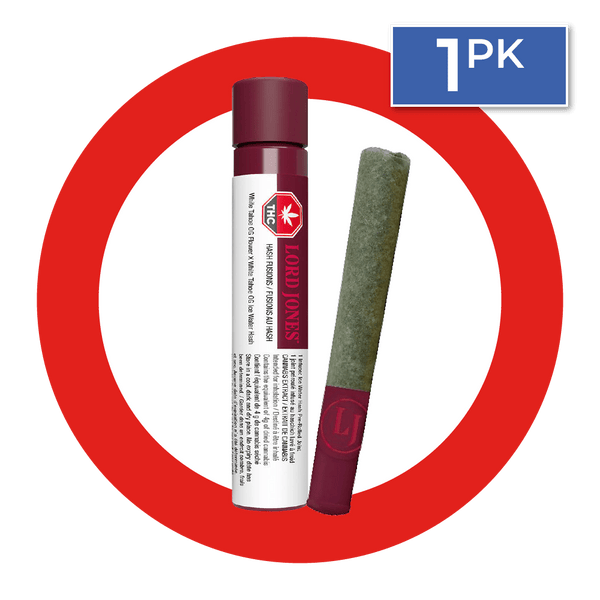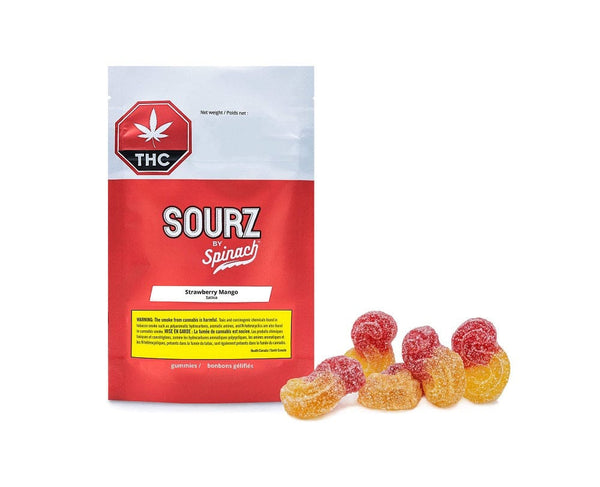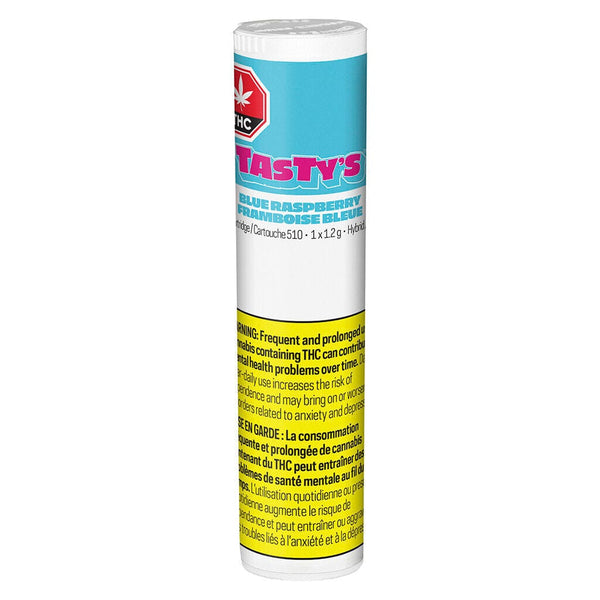
What is CBD flower?
CBD, or cannabidiol, has been on the market for a while now. We know with all the different forms out there that our search for new products will always bring new questions. The good news is that CBD is now familiar and available widely. The tricky part, amidst all of the exciting varieties, is finding which method of consumption is right for you. CBD oil and tinctures might be the most popular methods, but CBD flower has a faithful following that is rapidly expanding.
We’re here to give a run-down of CBD flower and the questions you might have.
Why use CBD?
CBD is sometimes referred to as THC’s sibling. Both are significant chemical compounds in cannabis plants; THC gets you high, while CBD is said to provide a host of wellness benefits.
Different needs call for different delivery methods, and smoking CBD flower is only one of many you can try when customizing your consumption.
What is CBD flower?
Does adding CBD mean you won’t get that same creative mood found in your favourite sativa strain? Does CBD in an indica always contribute to couchlock? Not necessarily! While it’s not psychoactive like its cousin THC, that doesn’t mean CBD won't show up to add a new twist to your smoking experience, and those effects won't always be the same.
There is a common misconception that CBD blocks out the "high" from your THC, but this isn't the case. CBD and THC often work together in tandem to change your smoking experience, and will have different effects in different proportions and strains. This is called the entourage effect, and you can explore this mechanism through both broad-spectrum CBD oil or in CBD flower.
Is there a difference between CBD flower and CBD dominant flower?
Yes! Cannabis terminology is always changing as more research emerges, but right now CBD flower usually refers to the flower of hemp plants, which are grown specifically to have minimal THC.
CBD dominant flower, however, usually refers to flower that contains both THC and CBD. The percentages vary depending on the strain, and they’re often presented through ratios.
Ratios make it easier to find strains that cater to your specific needs. The most notable might be 1:1, meaning equal parts CBD to THC. This is recommended for users who are already familiar with the effects of THC and are looking for a balanced high.
If you’re looking for more CBD than THC, ratios 50:1 – 10:1 are usually considered high CBD. Strains with these ratios will have little to no psychoactive effect while still delivering the benefits of CBD. Anything lower than 5:1 will likely contain the effects of THC.
These ratios exist across different strains, so it’s important to keep in mind that CBD dominant flower doesn’t always mean indica, which is normally smoked in the evening. Many people smoke CBD dominant sativa strains during the day, or even first thing in the morning. Smoking CBD doesn’t limit you to one type of high — it creates more diverse smoking experiences.
Why CBD flower? Is it right for me?
Consumption method matters. The most notable benefit of smoking CBD is how quickly it takes effect. CBD edibles, like their THC counterparts, can take up to an hour (or even more) to kick in, depending on weight and other physical factors.
When looking for CBD flower, think about why you want to use CBD and factor in your relationship to THC. CBD flower can be for those who are new to THC, despite the connection we often make to getting high and smoking flower. But this doesn’t mean that the most experienced smoker can’t enjoy high CBD strains.
Consider using a notebook to keep track of what percentages, ratios, and strains work best for your needs. Your local budtender can recommend a strain, and figure out what's best for your needs. Popular CBD-heavy strains to ask your budtender about include ACDC, Harlequin, and Mango Haze.

 Dried Flower
Dried Flower
 Pre-Rolls
Pre-Rolls
 Milled Flower
Milled Flower
 Sativa Strains
Sativa Strains
 Indica Strains
Indica Strains
 Hybrid Strains
Hybrid Strains
 All Concentrates
All Concentrates
 Waxes
Waxes
 Diamonds / Crystals
Diamonds / Crystals
 Shatters
Shatters
 Live Resin
Live Resin
 Oils & Capsules
Oils & Capsules
 Hash & Kief
Hash & Kief
 Vape Cartridges
Vape Cartridges
 Infused Creams
Infused Creams
 Bath Bombs
Bath Bombs
 Edibles
Edibles
 Beverages
Beverages
 Gummies & Candies
Gummies & Candies
 Capsules & Soft Gels
Capsules & Soft Gels
 Chocolates
Chocolates
 Baked Goods
Baked Goods
 Breath Strips
Breath Strips
 Bongs
Bongs
 Bong Accessories
Bong Accessories
 Dab Rigs
Dab Rigs
 Dabbing Accessories
Dabbing Accessories
 Vaporizers
Vaporizers
 Bubbler Pipes
Bubbler Pipes
 Hand Pipes
Hand Pipes
 Papers & Wraps
Papers & Wraps
 Rolling Supplies
Rolling Supplies
 Storage
Storage
